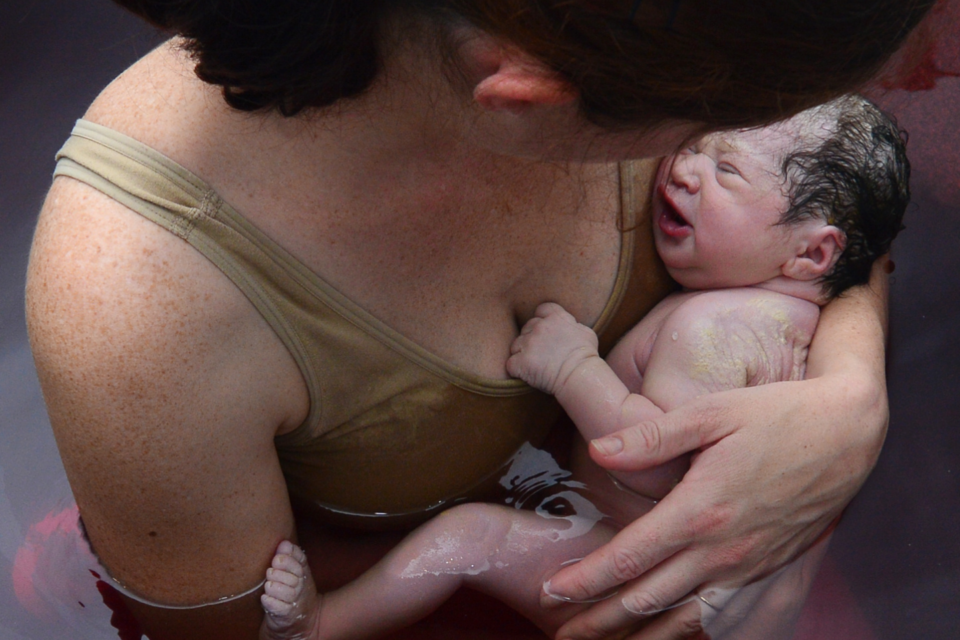In this blog, Dianne Garland, waterbirth expert, reviews a recent study on waterbirths in the United States, discussing the implication for midwives.
Maternal and neonatal outcomes following waterbirth: a cohort study of 17,530 waterbirths and 17,530 propensity score-matched land births Marit L. Bovbjerg, Melissa Cheyney, Aaron B. Caughey First published: 12 November 2021 BJOG – https://doi.org/10.1111/1471-0528.17009
This is a timely study of 17,530 waterbirths matched from delivery registers of 17,530 land births.
This data was collected from community births (birth centres and home births) in the USA. The information comes from medical records, via the Midwives Alliance of North America Statistics Project (MANA Stats), from 2012-2018.
There are several factors which make this study of great value to the waterbirth network. Firstly, the credibility of the authors, particularly Marit Bovbjerg, who had published previously in 2016 on waterbirths.
Secondly, the size of the study of 17,530 women / birthing people over a 6 year time span supports the issue of requiring large studies, over a long time frame.
Thirdly, the variables included in the propensity score generation model. These included demographics, obstetric history, pre-gravid history of chronic diseases or psychosocial complications, prenatal care characteristics, pregnancy complications, psychosocial complications during pregnancy, and intrapartum characteristics/complications. A full list from this model reviewed over 80 predictor covariables.
To my knowledge this is the largest number of variables ever included in a study on waterbirths.
The results support previously published studies which started in early 1980’s to the present day. Clinical factors for mothers in the data analysis included perineal trauma (of particular interest 3-4th degree OASI tears, post partum haemorrage (>1000mls) and uterine infection.
The neonatal outcomes analysed, were umbilical cord avulsion, immediate neonatal transfer to a hospital, respiratory distress syndrome, any hospitalisation, neonatal
intensive care unit (NICU) admission, or neonatal infection in the first 6 weeks; and neonatal death.
The paper produces similar results to earlier papers, that of fewer haemorrhages and less 3-4th degree tears for mothers.
Interestingly, there was a slight higher rate of post partum uterine infection (waterbirth 0.31% v 0.25% dry land ) although the authors reported that definitions for uterine infection were difficult to identify.
Neonatal outcomes found similar outcomes in all data except umbilical cord avulsion (waterbirth 0.57% v 0.37% dry land).
This paper adds to the mounting evidence on the safety of waterbirths, which has been building over the past 20 years. For community births in the USA this is vital to provide evidence for a practice that is growing in popularity, and supports midwives working in the community environment both in USA and abroad.
Dianne Garland FRCM SRN RM ADM PGCEA MSc
Freelance midwife


